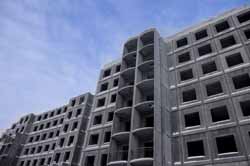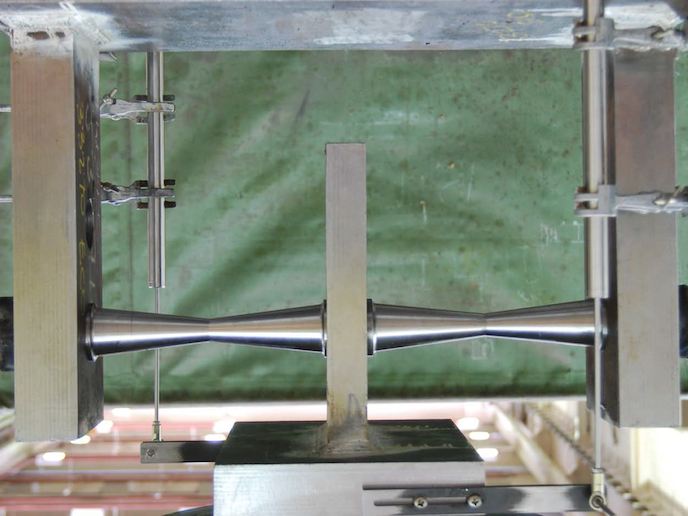Precast buildings during earthquakes
The SAFECAST project was established to investigate the behaviour of precast construction during earthquakes. Consortium members were from countries that experienced earthquakes and used concrete as their main construction material. The complexity of the problem required an innovative, harmonised approach in order to design joints and connections for precast structures that were capable of resisting earthquakes. SAFECAST used a unified performance-based framework to ensure that all performance criteria such as durability, deformability limits and energy dissipation were taken into consideration. Research was mainly focused on dry connections, which are faster to erect and easier to maintain. Each type of connection between different structural elements posed its own challenge with regard to role and function in the structure itself. Therefore, project partners conducted a unique series of experiments to investigate the effect of earthquakes on existing, new and improved connections in large-scale assemblages. Tests were carried out on simple units, joints and sub-assemblies in order to determine their mechanical behaviour. Shaking table tests were used to study the effect of the vertical component of seismic activity. Results from the tests were used for the calibration of analytical models. Experiments were also conducted to investigate different structural typologies on a full-scale three-storey precast building. The building's design allowed four different configurations to be tested, providing valuable information regarding the response of multi-storey precast buildings to earthquakes. Results were used to calibrate analytical models and to derive set of rules for the correct design, under seismic conditions, of the connections and of the whole precast structures. SAFECAST will help improve the competitiveness of the precasting sector and improve the quality and safety of construction in areas prone to earthquakes. This will help the EU economy and better protect the health and safety of citizens.





